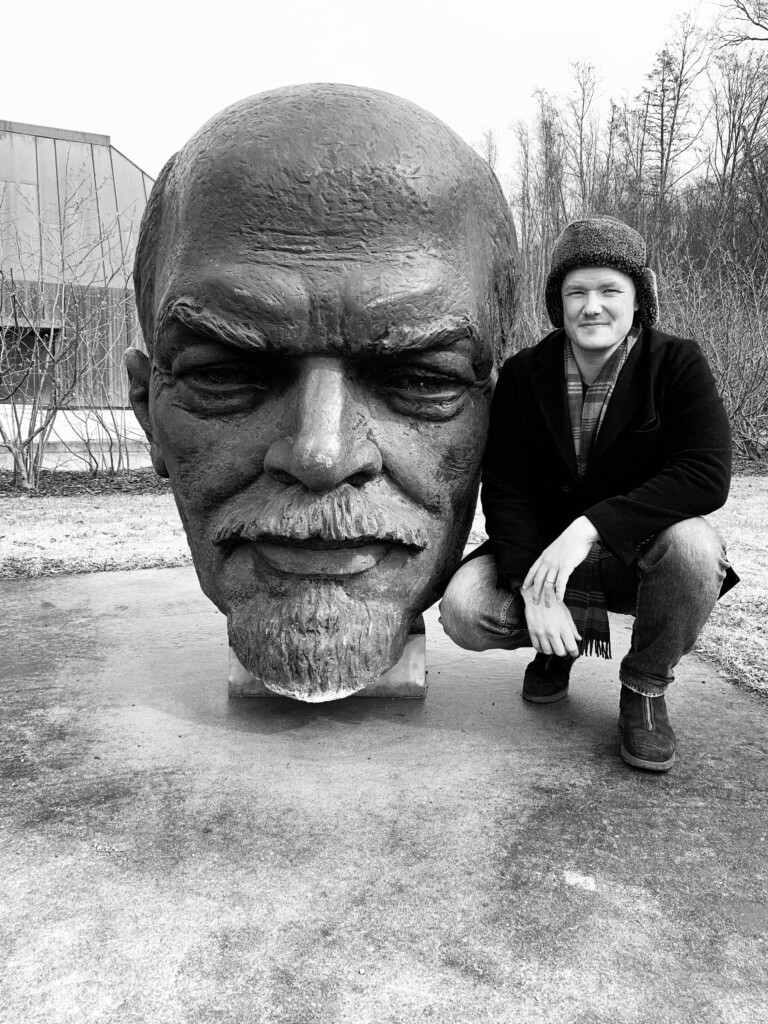
Tallinn, Estonia’s capital, is often overshadowed in favor of more popular capital cities in Northern Europe, such as Helsinki, Stockholm, and Copenhagen and perhaps rightfully so, they are in fact all bigger cities offering more things to do and are all more established tourist destinations. Tallinn, although boasting a very beautiful and well-preserved Old Town featuring cobblestone streets, medieval buildings, and Toompea Castle that doesn’t by itself set the city of Tallinn apart from its neighboring Nordic countries. So what is it that makes Tallinn worth visiting then you might wonder? Having spent over 2 months working in Tallinn I found that what sets the Tallinn apart from other European capitals are the many unusual and unique things to do that simply cannot be found in its European counterparts, which is all due to its diverse history with empires coming and going, with everyone leaving there mark on the city.
Tallinn is worth visiting due to the many unique and unusual things to do and see. Furthermore, unlike many of the other capitals in Northern Europe, Tallinn is a mix of the many different empires that have dominated the region, from the Germans who built the medieval city center to the Swedish Empire then the Russian Empire and later being under the ideological grip of the Soviet Union, all shaping the city into what it is today.
Read on to uncover all the unusual and unique things that you can do in Tallinn and to understand why the Estonian capital sets itself apart from the other capitals in Northern Europe.
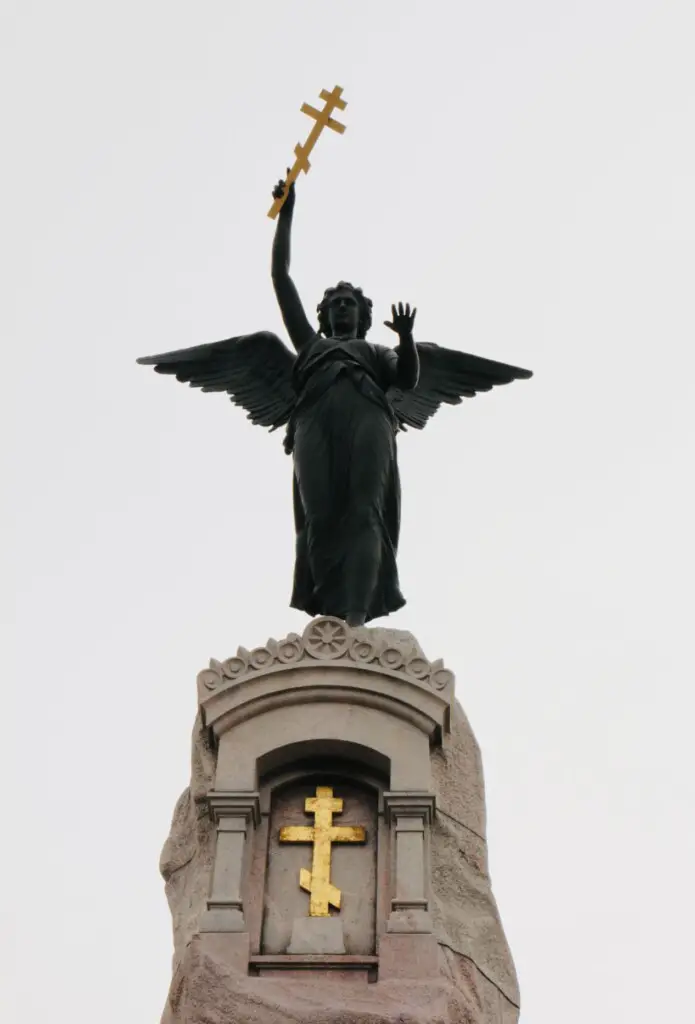
Understanding Estonia
To get the most out of a trip to a country, I always recommend potential visitors to do a bit of research about the country and city that they are planning to visit. For years I would travel to places without knowing a single thing about a country or a city’s history, only later to discover how much I missed about the country. So before you visit Estonia, I recommend that you read up on a bit of history about the country.
To understand Estonia and its capital of Tallinn better, you need to know that the country has been dominated by foreign powers almost throughout its entire history and only really got its full independence after the collapse of the USSR back in 1991. The influences of each empire, from the Danes to the Livonian Order, Swedish Empire, Russian Empire and later the USSR have all left their mark on Tallinn and the country as a whole, making its history unique among the Nordic countries.
I recently wrote a full article on why Estonia is so special and I suggest you check it out to know more, about why this country is unique.
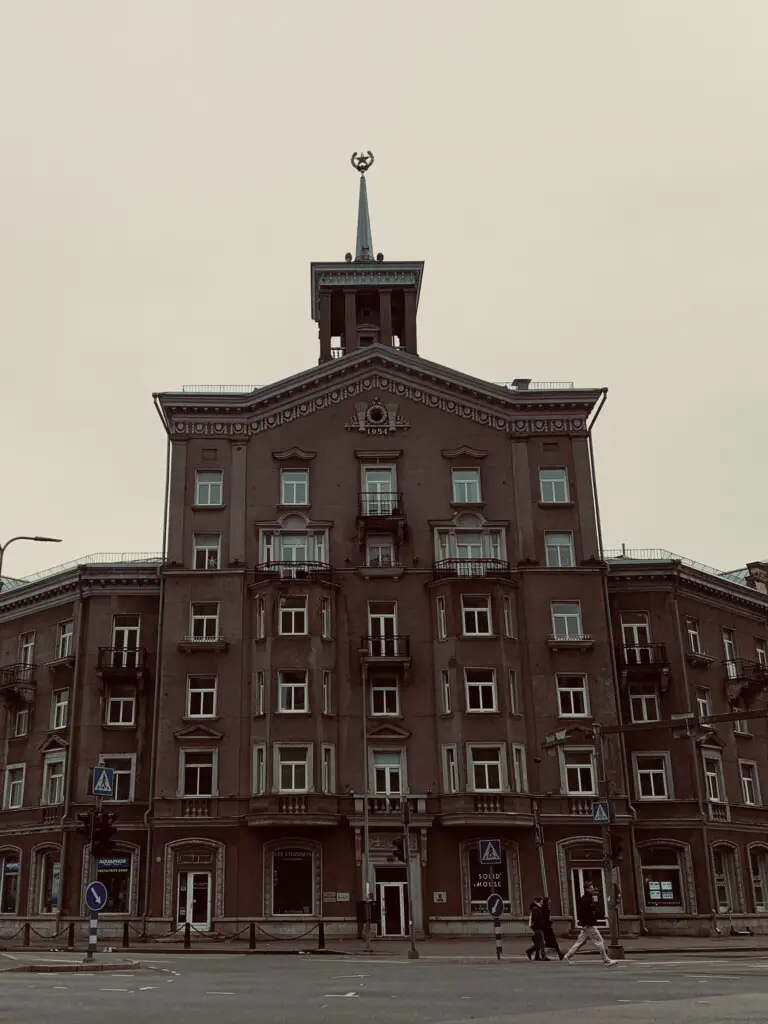
1. Kadriorg Palace
Located in the heart of a serene park, Kadriorg Palace is a masterpiece of the Russian Tsar Peter the Great’s ambition. Built in the early 18th century as a summer residence for himself and his wife, Catherine I of Russia, the palace’s baroque architecture and refined art collections highlights Tallinn’s imperial past as a part of the Russian Empire from 18th to the 20th century. Designed by the famous Italian architect Niccolò Michetti, the palace and surrounding gardens are a fine example of Tsarist extravagance and are among Tallinn’s most picturesque landmarks.
The Kadriorg Palace was a place of leisure, diplomacy, and occasional governance, reflecting the Tsar’s interests in Western European culture and architecture. Its design and function illustrate the connection between Russia and Europe during the early 18th century, a period when Peter the Great sought to modernize Russia and strengthen its position as a major European power.
Today, the Palace serves as a branch of the Art Museum of Estonia, where visitors can admire classical art pieces amidst the grandeur of the Russian Tsar’s aesthetics. The surrounding gardens, with their meticulously designed landscapes, offer a peaceful place to retreat from the tourist-packed streets of Tallinn Old Town.
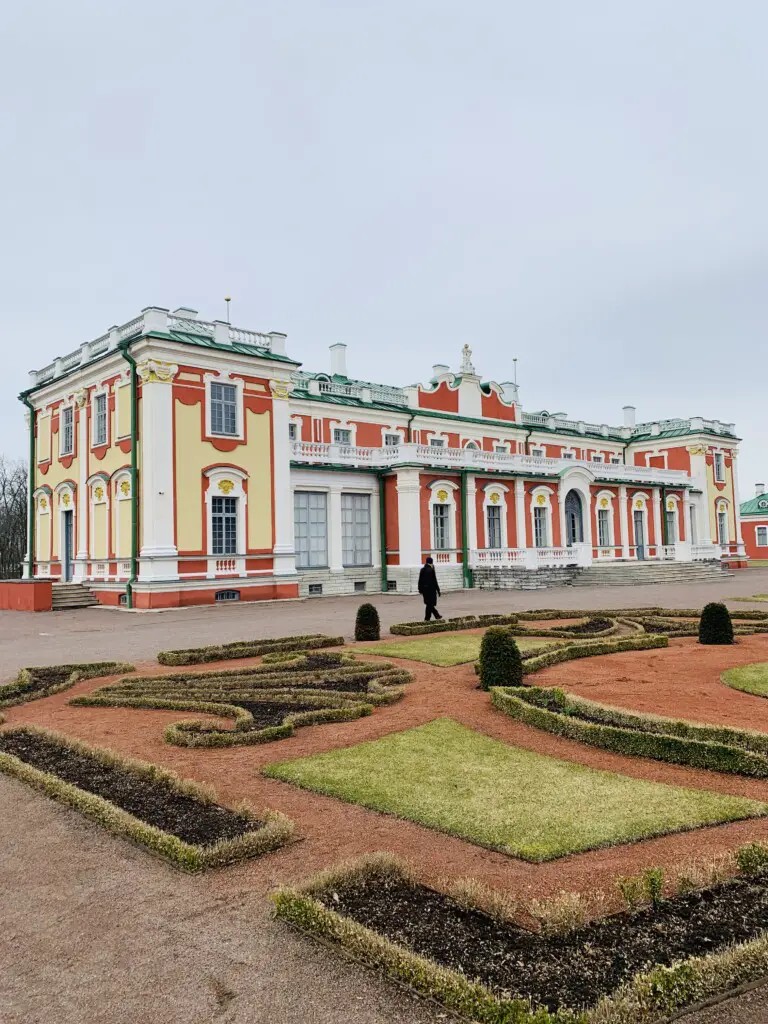
2. Raeapteek – Europe’s Oldest Pharmacy
In operation since the 15th century, Raeapteek holds the title of Europe’s oldest continuously running pharmacy. This quaint establishment, located in the heart of Tallinn’s Old Town, is a mix of a functioning pharmacy and a museum. Visitors can browse through an array of ancient medical instruments, traditional remedies, and peculiar potions that hark back to medieval healthcare practices.

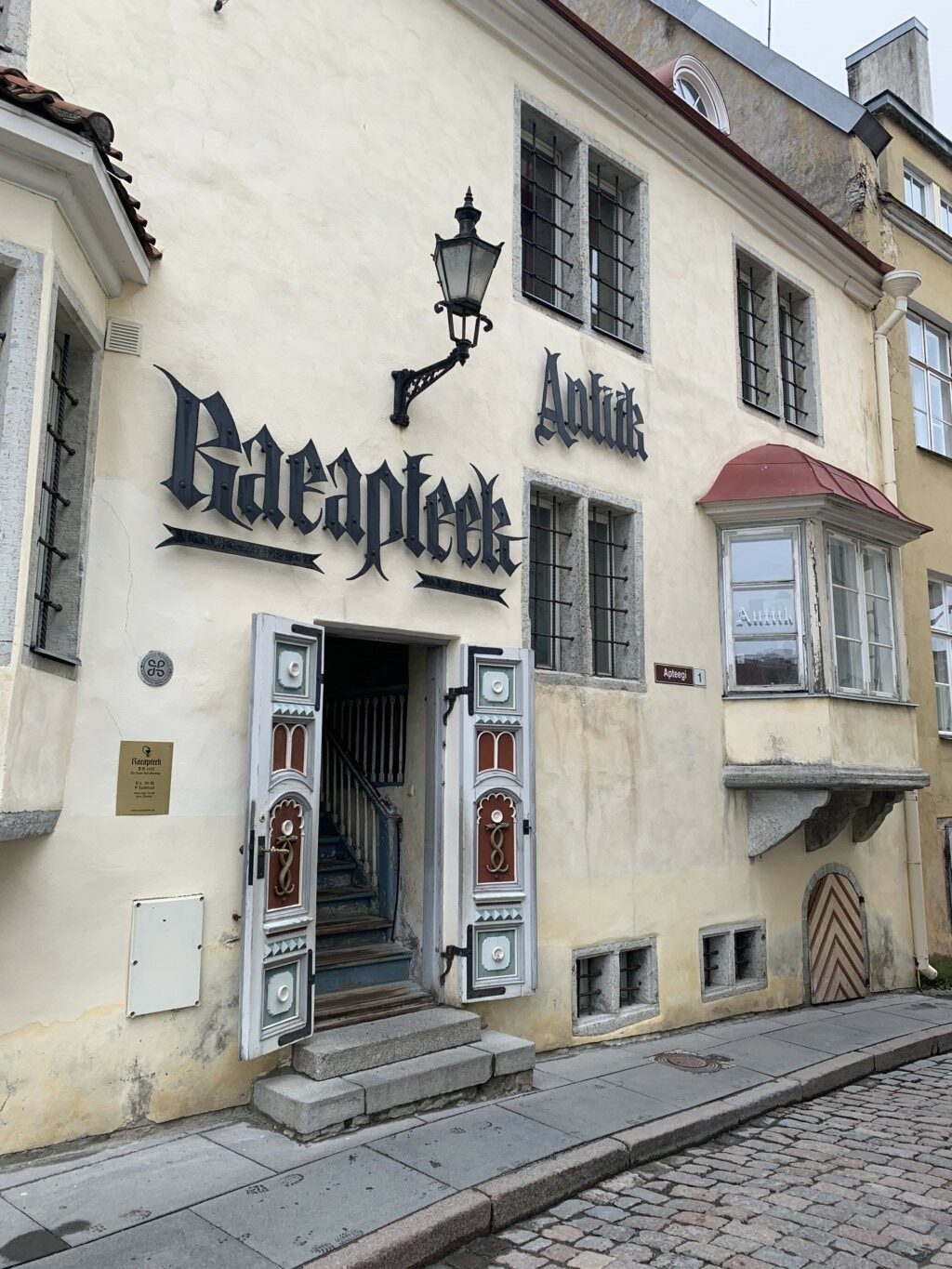
3. Lennusadam Seaplane Harbour
Lennusadam Seaplane Harbour, located in Tallinn, is a maritime museum housed in a unique, historical seaplane hangar. Built during World War I for the Imperial Russian Navy, the hangar features an innovative thin-shell concrete structure, making it an architectural landmark. The museum, which opened to the public in 2012, offers an extensive display of maritime and military history.
The exhibition include submarines, ships, boats, and a collection of seaplanes, with one of the main attractions being the Lembit submarine, built in the 1930s for the Estonian navy (then Soviet-Estonia) and one of the two surviving pre-WWII Estonian submarines. Interactive displays, simulators, and educational programs provide engaging experiences for visitors of all ages, making it a popular destination for families.
4. Soviet Statue Graveyard
Tucked away from the public eye, the Soviet Statue Graveyard is a somber reminder of Estonia’s Soviet past. During the Soviet occupation, numerous statues were erected in Estonia to glorify the Soviet regime, its leaders, and socialist ideals. These included statues of Lenin, Stalin, and other Soviet icons, as well as monuments celebrating the Red Army and Soviet accomplishments. After independence, many of these symbols were seen as reminders of oppression and were consequently removed from public view.
At the Soviet Statue Graveyard, the same statues and monuments that once decorated the city’s squares and parks are gathered, creating a space for reflection on the country’s history of Soviet occupation. This graveyard is not a formal tourist attraction but visiting it offers a unique perspective on how modern Estonia reconciles with its history.

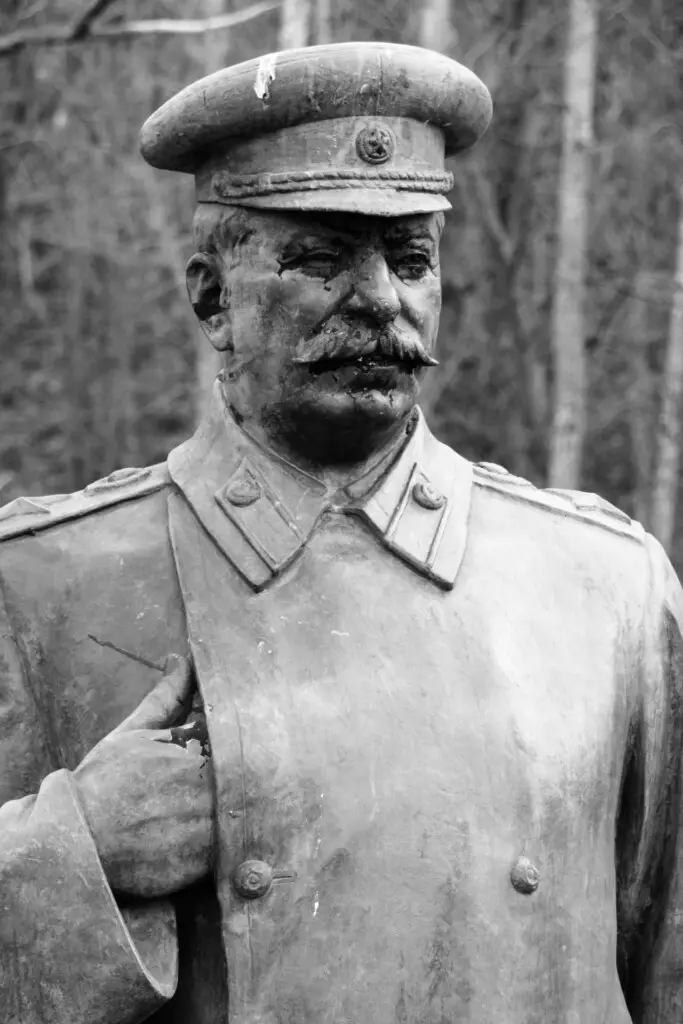
5. Maarjamäe Memorial Complex – Estonia’s Most Controversial Monument
The Maarjamäe Memorial Complex, located next to the sea about 6 km from the city center of Tallinn, is a Soviet-era monument complex and probably the most controversial monument in the whole of Estonia. The complex was built in 1975 and was originally built to commemorate the Soviet soldiers who died during World War II, particularly those involved in the liberation of Tallinn from Nazi occupation. The complex features a large concrete obelisk and several statues and memorials, set within a landscaped area overlooking the sea.
However, the controversy over the monument stems from the fact that for the Estonian people, the Maarjamäe Memorial Complex is not associated with the liberation of Tallinn, but instead seen as a symbol of the Soviet reoccupation of Estonia, which was characterized by decades of Soviet repression, including mass deportations, political persecution, and the suppression of Estonian national identity.
Due to this, the complex has been a point of contention in Estonian society, reflecting broader debates about how to remember the Soviet period and its legacy. While some advocate for the preservation of such sites as historical reminders, others argue they glorify a regime that oppressed Estonian people and their culture. In recent years, there has been discussion about how to appropriately address and interpret Soviet-era monuments in Estonia, balancing the need for historical memory with the desire to move forward as an independent nation.
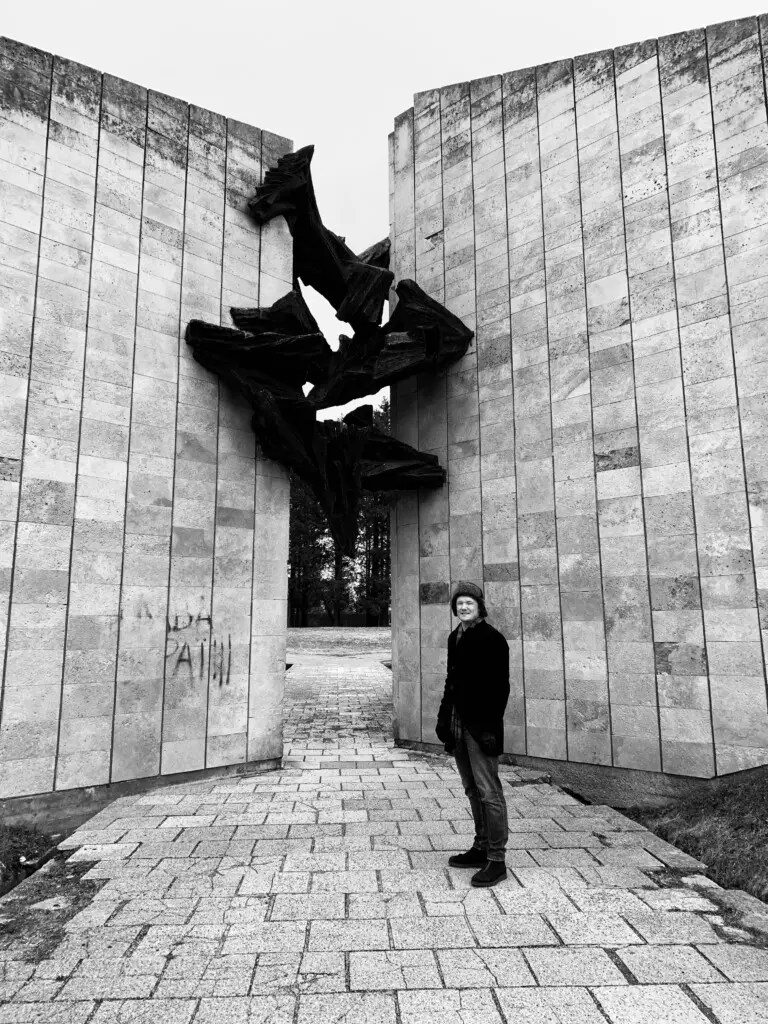
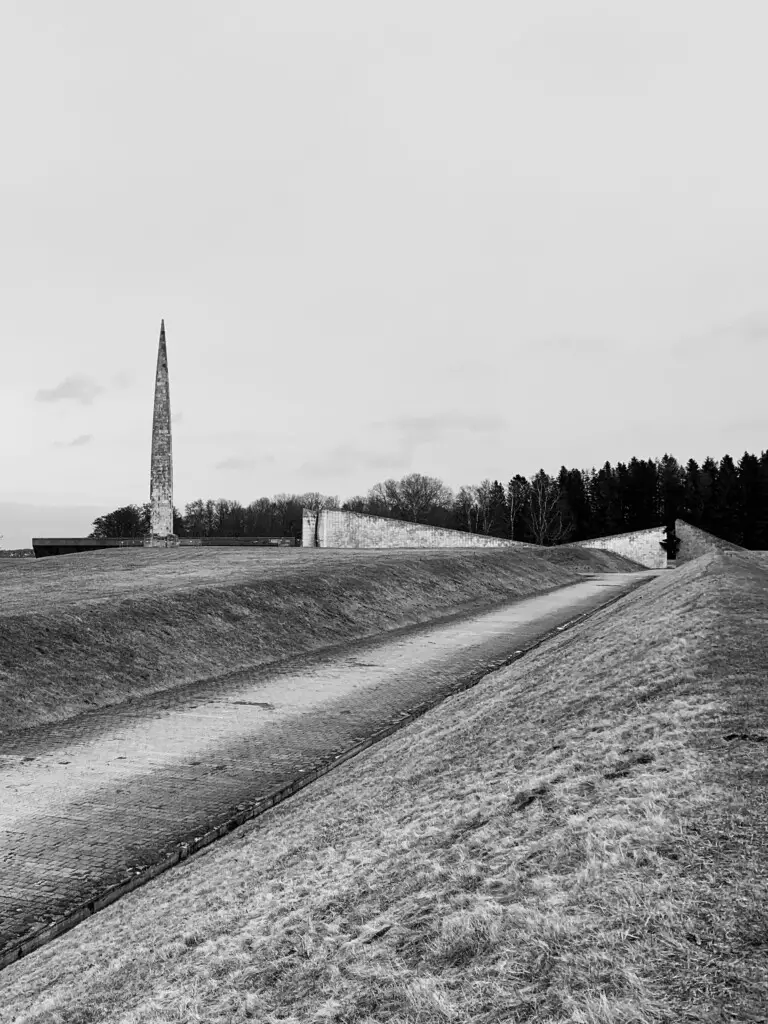
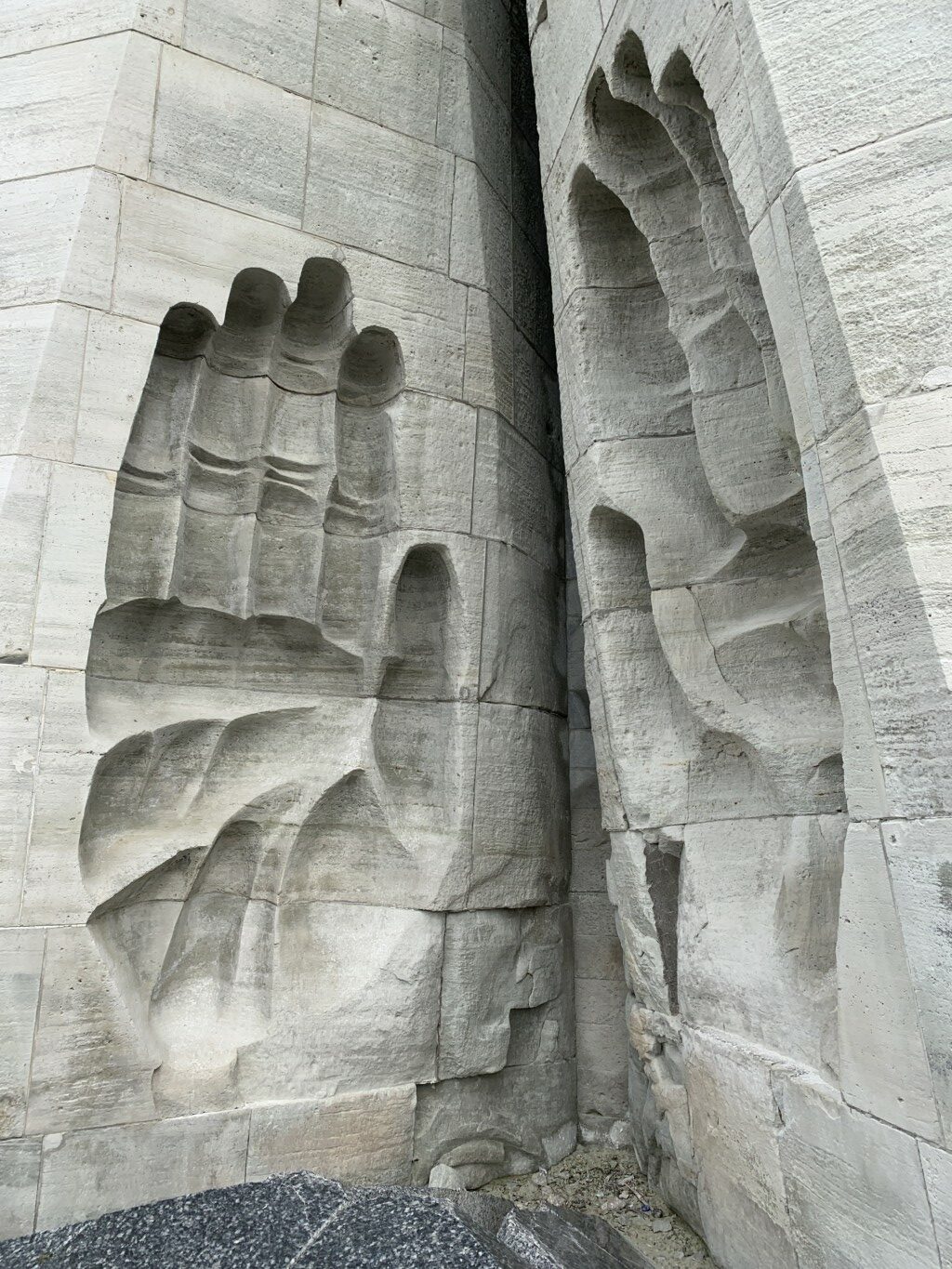
6. Discover the Banned Books Museum
Freedom of expression finds a loyal defender in the Banned Books Museum. This unique little museum, situated within the city’s old town, displays books that have faced censorship, banning, or destruction across the globe. The collection, which ranges from classic literature to contemporary works, underscores the enduring power of the written word (such as this blog!) and the importance of safeguarding it against suppression.
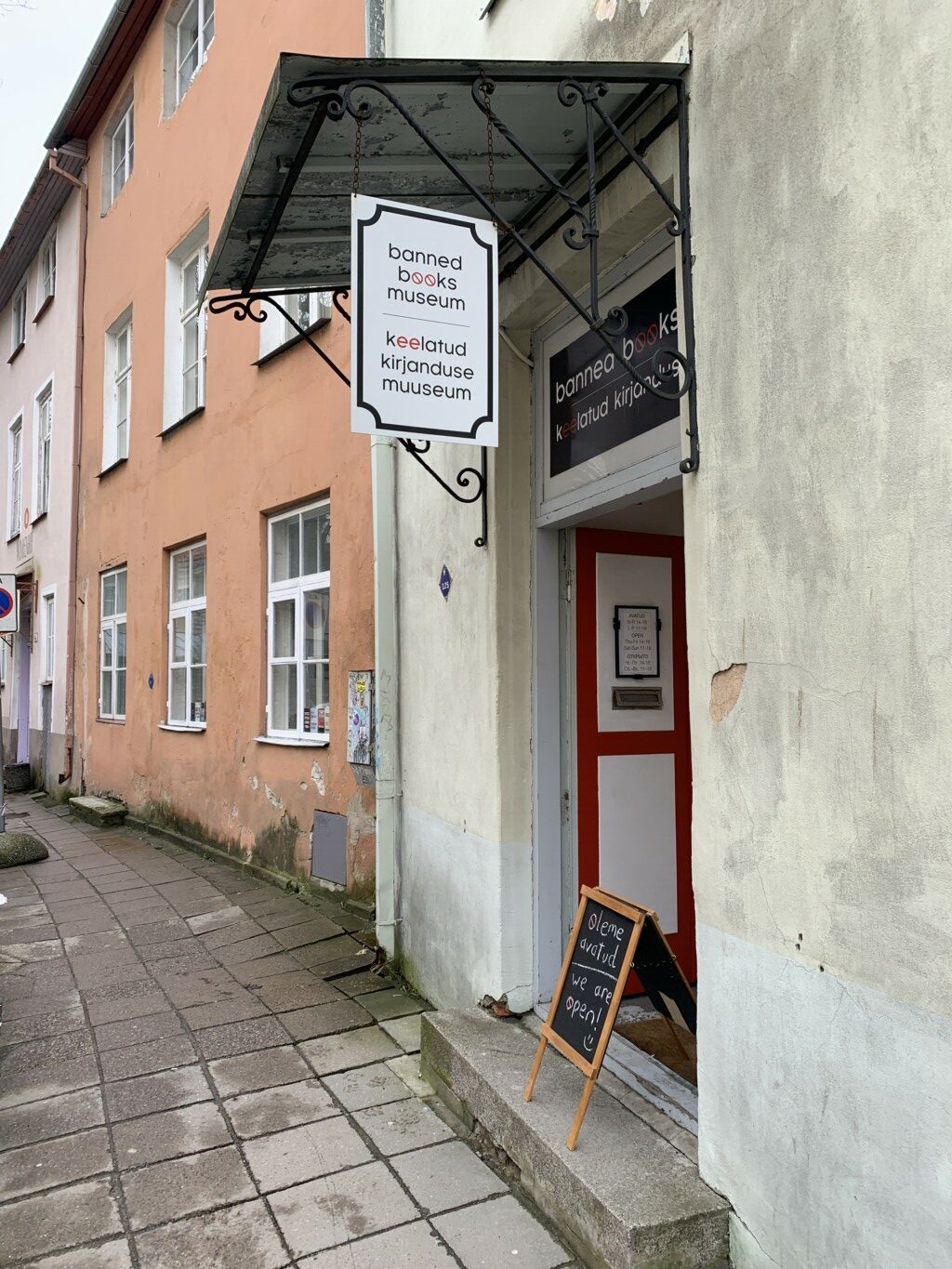

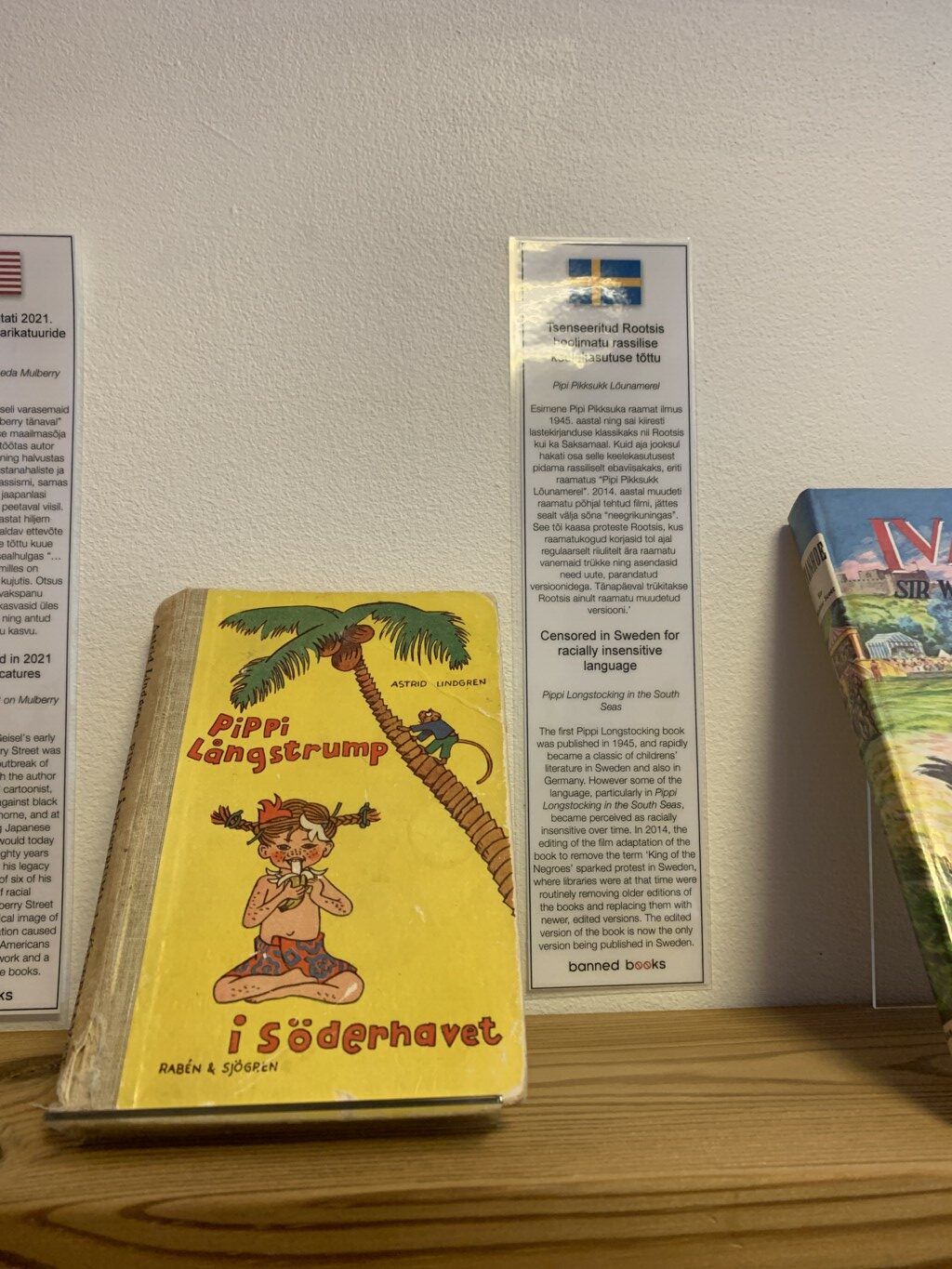
7. Estonian Open Air Museum
If you ever have visited “Skansen” in my hometown of Stockholm, Sweden, this place is the Estonian version of it! Estonian intellectuals got the idea for an Estonian Open Air Museum after visiting several open-air museums in Scandinavia, including Skansen (established in 1891) in Stockholm. The Estonian Open Air Museum was later established in 1957 and features a collection of over 100 historic buildings that have been transported from their original locations across Estonia and reassembled on-site. These buildings span several centuries and include farmhouses, windmills, watermills, schoolhouses, and churches, each telling a story of rural Estonian life through different periods of history.
8. Relax at Tallinn’s Beaches
Contrary to the image of a medieval city, Tallinn offers a series of beautiful beaches along its coastline, which might not be what you expect from a state once part of the Soviet Union in Northern Europe! It certainly surprised me when I first visited Tallinn! During the summer months, locals flock to the beaches of Tallinn for sunbathing, swimming, and water sports. The most popular beaches include Pirita Beach, Stroomi Beach, and Kakumäe Beach. Pirita and Stroomi Beach are both located within a 5 km radius of the city center, while Kakumäe is located a bit further but in return a bit more secluded and less crowded than the others. Due to the shallow waters, the beaches of Tallinn are perfect to try out windsurfing and kitesurfing.
Conclusion
To conclude, what sets Tallinn apart from its Northern European counterpart is not its medieval old town or its well-preserved church but rather it’s unique history, dominated and influenced by several empires which have together made Tallinn and Estonia to what it is today. Furthermore, as a result of its unique history Tallinn offers a large variety of interesting and unique things, many of which cannot be found in any of the other Nordic capitals (trust me, I have visited them all!). So next time you are considering taking a weekend trip to Tallinn, read up on some of Estonia’s history and discover the many unique places listed in this blog post, and I promise you that you will not be disappointed!
Happy Travels!
